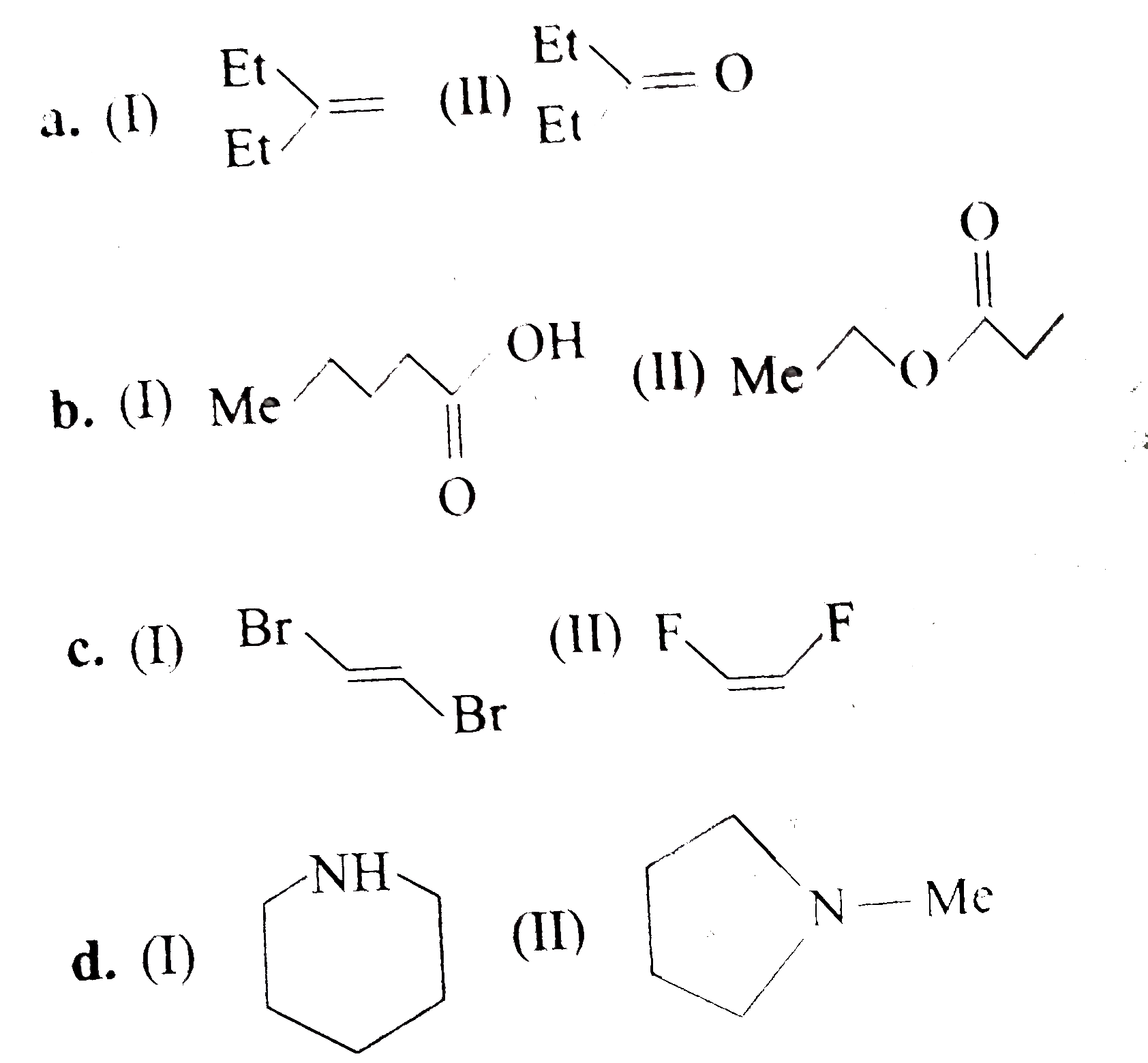Which of the following pairs would have a larger size? Explain.
Na+ or Mg2+
To determine which of the two ions, Na+ or Mg2+, has a larger size, we can follow these steps:
Step 1: Understand the Ionic Sizes
Both Na+ and Mg2+ are cations formed from their respective neutral atoms. Sodium (Na) loses one electron to form Na+, while magnesium (Mg) loses two electrons to form Mg2+.
Step 2: Compare the Number of Electrons
Both ions have the same electron configuration.
- Na+ has 11 protons and 10 electrons.
- Mg2+ has 12 protons and 10 electrons.
Step 3: Analyze the Nuclear Charge
The nuclear charge is the total charge of the nucleus due to protons.
- Na+ has a nuclear charge of +11 (11 protons).
- Mg2+ has a nuclear charge of +12 (12 protons).
Step 4: Determine the Effect of Nuclear Charge on Size
The greater the nuclear charge, the stronger the attraction between the nucleus and the electrons. Since Mg2+ has a higher nuclear charge than Na+, it will pull the electrons closer to the nucleus, resulting in a smaller ionic radius.
Step 5: Conclusion
Since Na+ has a lower nuclear charge compared to Mg2+ and both ions have the same number of electrons, Na+ will be larger in size than Mg2+.
Final Answer
Thus, Na+ is larger than Mg2+.
---
Both Na+ and Mg2+ are cations formed from their respective neutral atoms. Sodium (Na) loses one electron to form Na+, while magnesium (Mg) loses two electrons to form Mg2+.
Both ions have the same electron configuration.
- Na+ has 11 protons and 10 electrons.
- Mg2+ has 12 protons and 10 electrons.
The nuclear charge is the total charge of the nucleus due to protons.
- Na+ has a nuclear charge of +11 (11 protons).
- Mg2+ has a nuclear charge of +12 (12 protons).
The greater the nuclear charge, the stronger the attraction between the nucleus and the electrons. Since Mg2+ has a higher nuclear charge than Na+, it will pull the electrons closer to the nucleus, resulting in a smaller ionic radius.
Since Na+ has a lower nuclear charge compared to Mg2+ and both ions have the same number of electrons, Na+ will be larger in size than Mg2+.
Thus, Na+ is larger than Mg2+.
Topper's Solved these Questions
- BOOK - ICSECHAPTER - CLASSIFICATION OF ELEMENTS AND PERIODICITY IN PROPERTIESEXERCISE - REVIEW EXERCISES29videos
CLASSIFICATION OF ELEMENTS AND PERIODICITY IN PROPERTIES
- BOOK - ICSECHAPTER - CLASSIFICATION OF ELEMENTS AND PERIODICITY IN PROPERTIESEXERCISE - VERY SHORT ANSWER TYPE QUESTIONS25videos
CLASSIFICATION OF ELEMENTS AND PERIODICITY IN PROPERTIES
- BOOK - ICSECHAPTER - CHEMICAL THERMODYNAMICS EXERCISE - NCERT TEXT-BOOK. EXERCISES22videos
CHEMICAL THERMODYNAMICS
- BOOK - ICSECHAPTER - ENVIRONMENTAL CHEMISTRY EXERCISE - NCERT TEXT-BOOK EXERCISE20videos
ENVIRONMENTAL CHEMISTRY
Similar Questions
Which of the following pairs would have a larger size? Explain.
KorK+View SolutionWhich of the following pairs would have a larger size? Explain.
P or AsView SolutionWhich of the following pairs would have a larger size? Explain.
O2− or F−View SolutionWhich of the following pairs would have a larger size? Explain.
Li+ or Na+View SolutionWhich of the following pairs would have a larger size? Explain.
BrorBr−View SolutionWhich of the following pairs would have a smaller size. Explain.
(a) Na⊕orMg2+ , (b) O2−orFɵ
(c ) PorAsView SolutionWhich of the following pairs would have higher boiling points ?
 View Solution
View SolutionWhich of the following are extensive properties ?
View SolutionWhich of the following pairs are isoelectronic ?
Na, MgView SolutionWhich one of the following atoms will have the smallest size ?
View Solution

